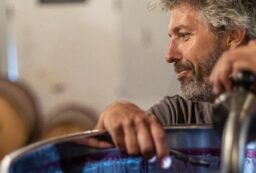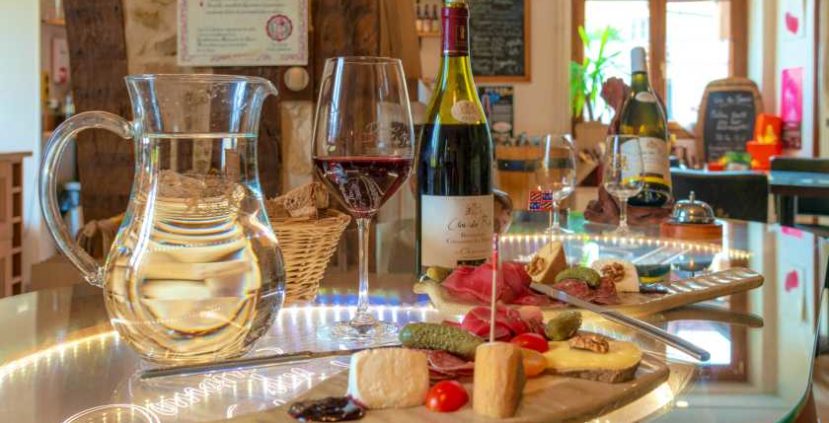
By Wibke Carter
When most think Burgundy they will think of the color that is somewhere between red, brown and purple. For others, it is the world class Burgundy wine, which the colour is named after. But for the avid traveler, they know it as the destination that is so much more than exquisite wine. As a start, it’s a gourmand’s dream of Dijon mustard, Beef Bourguignon, the Burgundy truffle, Mâconnais cheese and that’s just the start.

For the foodie traveling to Burgundy, now is not the time to be timid. Culinary bravery calls for you to dive in and there’s no better place to start than with snails or, so it sounds a bit less appalling, escargot. A good place to jump in is the Château Sainte Sabine restaurant. For the locals of the region, they see snails as a delicacy. It’s part of the family tradition, the snail hunt, regulated in terms of the harvest period and size that can be collected. The preparation is not so easy either, but oh so worth it for locals and visitors who enjoy these delicious gastropods served up with various recipes from herbs and butter, cheese or wine.
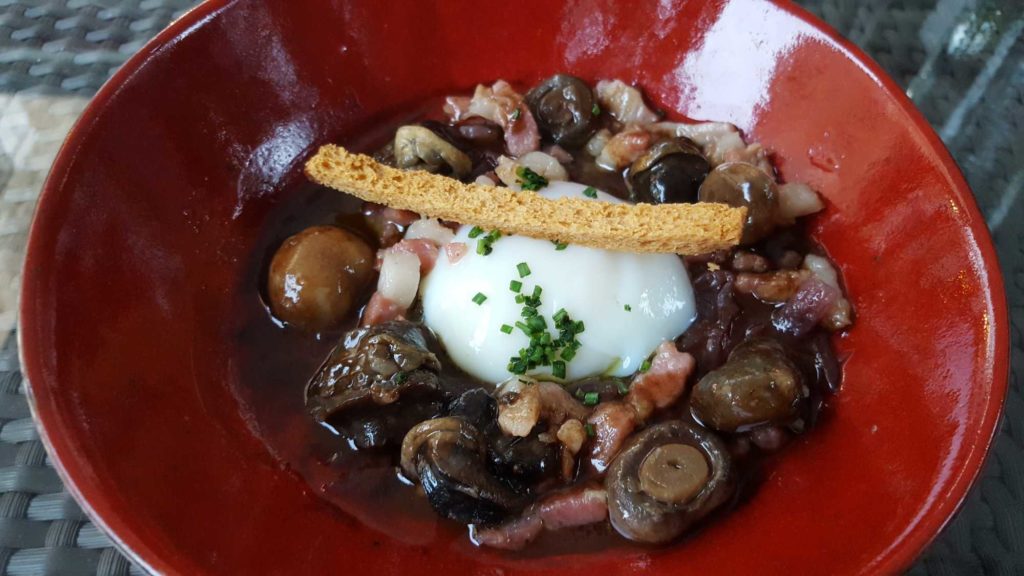
While the region is only 3.5 hours by car from Paris, it can feel like a faraway universe for most who travel as weekend getaway or side trip from Paris. Geographically Burgundy is in the heart of France, and one can really feel the slower pace of life. The French saying pour vivre heureux, vivons cachés (to live happily, live hidden), couldn’t express the local sentiment any better.

“I love having breakfast outdoors, listening to the birds, the solitude”, says famous English sculptor Paul Day who created the 30ft high The Meeting Place in London’s St. Pancras Station. Traveling around the world for his work to places like China, Russia or New Zealand, he’s been calling Burgundy his home for sixteen years and wouldn’t want it any other way.
"From up high, one can see far into the Burgundy landscape and, much closer, locals eating at small bistros, with delicious food and a glass of local wine in hand. They all look relaxed as if none of them have anywhere particularly to go, simply enjoying life, at the pace of a snail - not a bad thing at all"
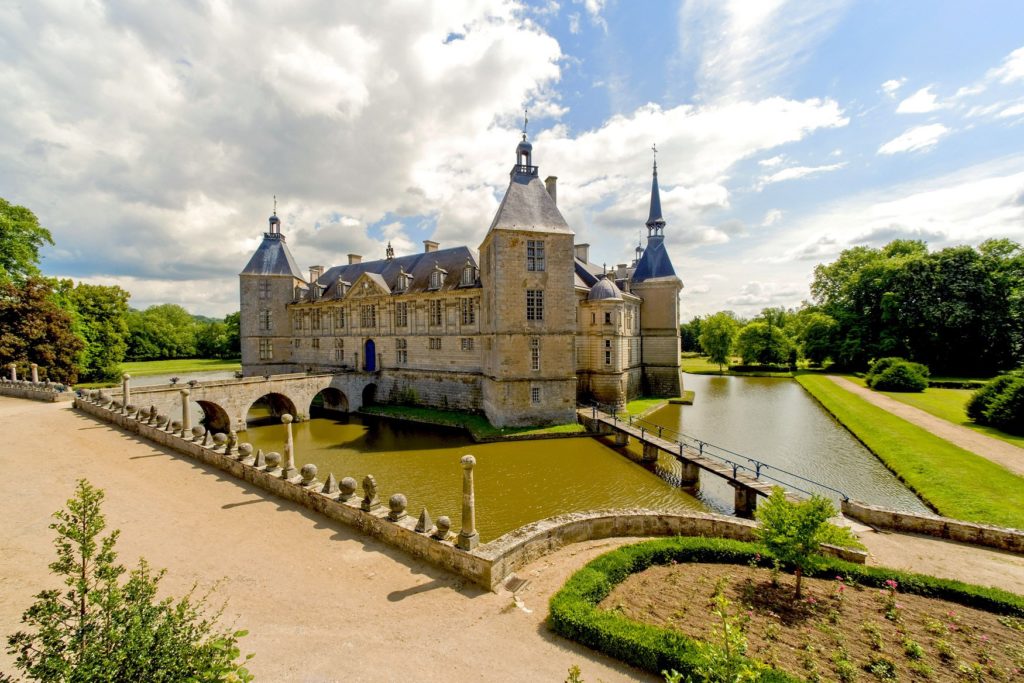
There are more châteaux in Burgundy than any other region in France. Nearly 100 castles, medieval strongholds and manor houses of every architectural style dot the landscape from Vézelay to Cluny. It’s impossible to see them all but many have been converted to small luxury hotels such as Château d’Igé at which I get spoilt with award-winning cuisine (more snails, this time in red wine) and a good night’s rest in the 13th century castle.

An experience not to be soon forgotten is a drive through vineyards and medieval villages with their narrow lanes, rosebush-clad houses and old fountains. Occasionally, a châteaux, often seemingly privately owned, comes into view – it doesn’t get more idyllic than that.

From the 13th to the 15th centuries, the village of Brancion was an important regional centre for the Dukes of Burgundy and many buildings date from that epoch. “Its location on a hilltop meant that the ruling family became rich by ambushing pilgrims on the way to Cluny”, explains guide Leslie Cleaver. Today, there are only about one hundred residents left though it is a popular destination especially for families because of the craft fairs. A hidden gem is the Romanesque church of St. Peter with its wall paintings from 1325. Service is still being held occasionally in the dark and somewhat damp building but there is an increasing shortage of priests, mentions Cleaver.

Another, much larger church of the same architectural style, the Abbey of Saint Philibert, is in nearby Tournus but your attention will be drawn to the town’s Hôtel-Dieu. Built in 1675 with money from a benefactor, this hospital, with three long rooms of the sick, is not afraid to compete with that of Beaune. The beds are still original so is the furniture and equipment in the 17th century apothecary. The hospital remained open as a convalescent home until 1981 simply because the last residents enjoyed the communal rooms and refused to move.
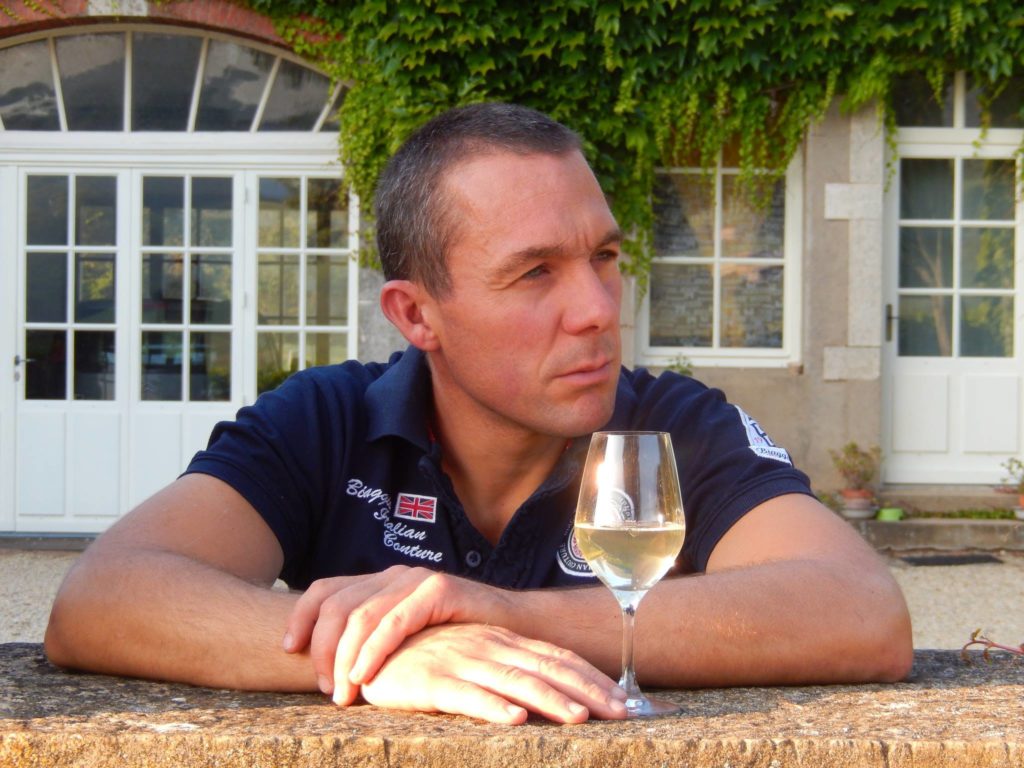
After a morning of boosting your knowledge of local history, drop into the Domaine de L’Echelette for a wine tasting with owner Guillaume Champliaud who is looking after the 120,000 bottle vineyard in the second generation. There are three your may learn during the quick stopover. One, Chardonnay is named after a Burgundy village, two, local wine pairs best with Comté cheese and three, in France, any fromage is eaten before dessert (a sure way to spot tourists who usually eat cheese last).
 Bourgogne wines have a long and rich history spanning 2,000 years with the best grapes growing between Dijon and Beaune. They are a legacy of the Benedictine and Cistercian monks who planted many vines in the Middle Ages.
Bourgogne wines have a long and rich history spanning 2,000 years with the best grapes growing between Dijon and Beaune. They are a legacy of the Benedictine and Cistercian monks who planted many vines in the Middle Ages.

The most influential abbey of the region was that of Cluny. Founded in 910, it reached its height of power in the 11th and 12th centuries when it was the “mother house” for over 1,000 monasteries reaching from Portugal to Scotland.
 Today, only a fractional 8% of the once huge abbey complex remains yet it still feels imposing and impressive. Numerous monastic buildings are spread throughout town but with a tablet and 3-D technology in hand from the platform of the Tour des Fromages (named because cheese was stored in the tower during the 19th century) visitors can visualize the abbey how it would have looked in the 12th century.
Today, only a fractional 8% of the once huge abbey complex remains yet it still feels imposing and impressive. Numerous monastic buildings are spread throughout town but with a tablet and 3-D technology in hand from the platform of the Tour des Fromages (named because cheese was stored in the tower during the 19th century) visitors can visualize the abbey how it would have looked in the 12th century.
 From up high, one can see far into the Burgundy landscape and much closer, locals sitting in front of small bistros, with delicious food and a glass of local wine in hand. They all look relaxed as if none of them ever has to return back to work, simply enjoying life, at the pace of a snail – not a bad thing at all.
From up high, one can see far into the Burgundy landscape and much closer, locals sitting in front of small bistros, with delicious food and a glass of local wine in hand. They all look relaxed as if none of them ever has to return back to work, simply enjoying life, at the pace of a snail – not a bad thing at all.








